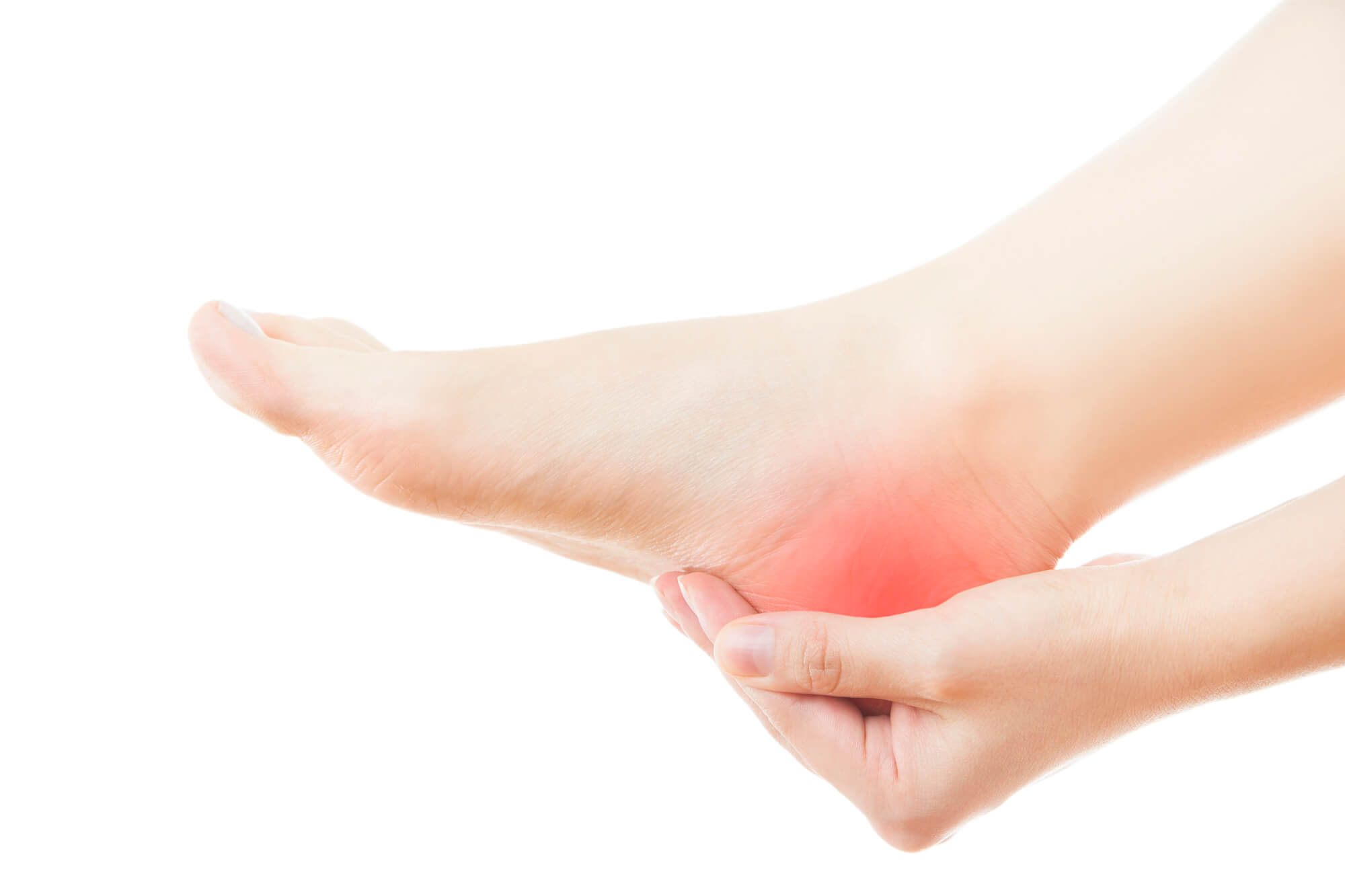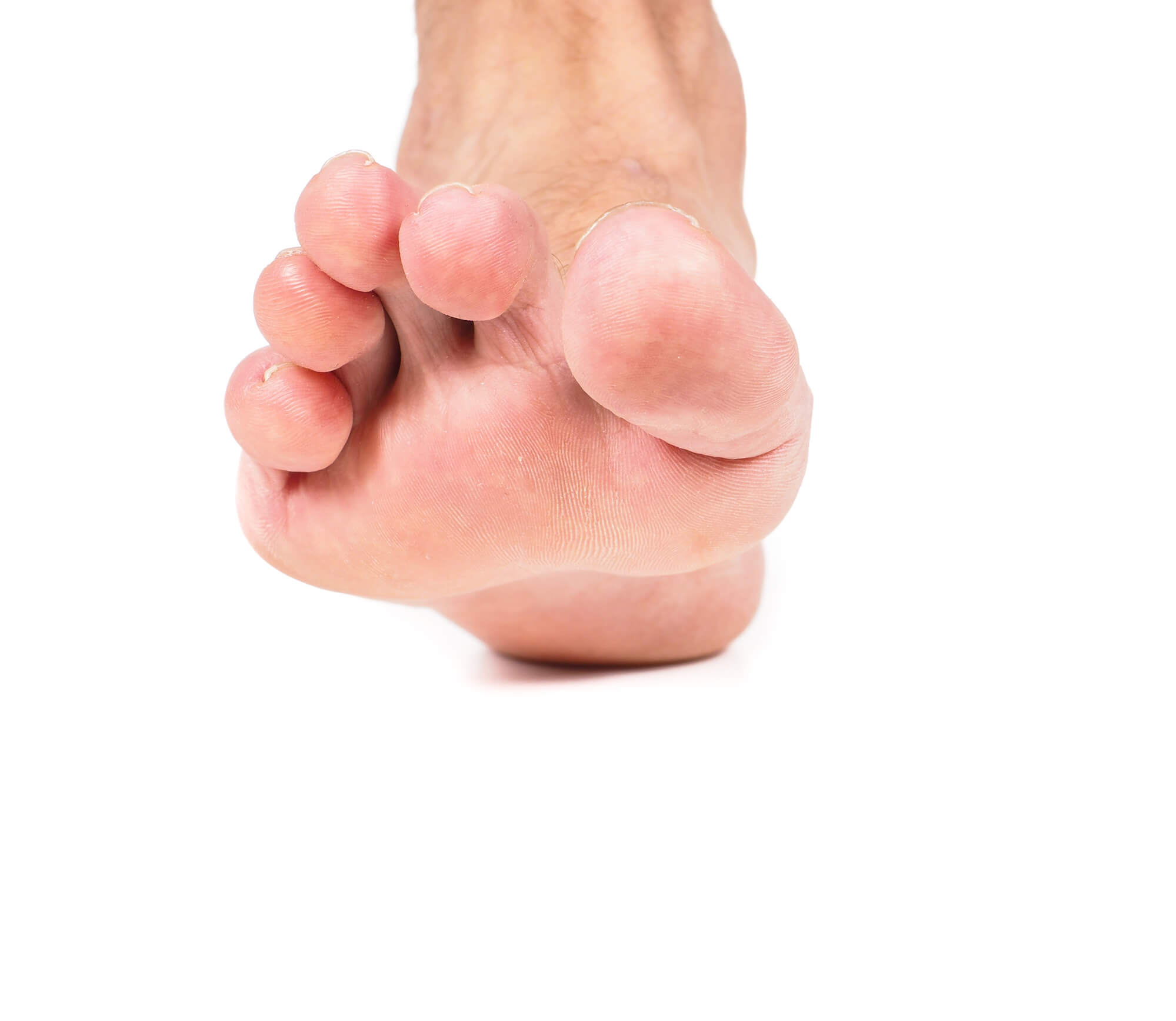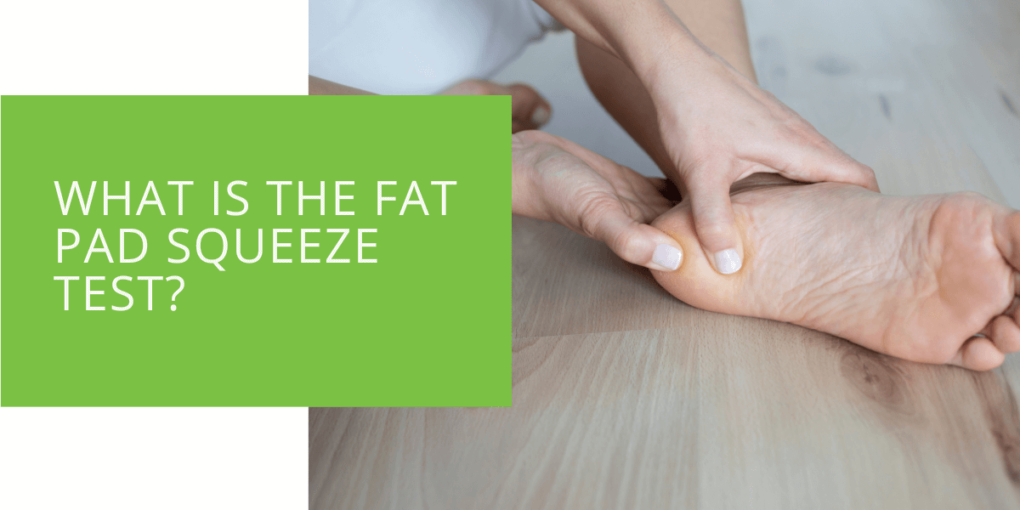What is the Fat Pad Squeeze Test?
The Fat Pad Squeeze Test is a diagnostic tool used by podiatrists and other healthcare professionals to assess injuries or conditions affecting the fat pad in the foot. The fat pad is a soft, cushion-like tissue located under the ball of the foot that helps absorb shock and pressure as we walk or run. It plays a critical role in maintaining proper foot function and mobility.
Purpose of the Fat Pad Squeeze Test
The Fat Pad Squeeze Test is used to evaluate the health and function of the fat pad. It can help podiatrists determine the cause of foot pain or discomfort and determine the most appropriate treatment plan. The test is typically used in cases where a patient has complained of pain in the ball of the foot, but the cause is not immediately apparent.
How the Fat Pad Squeeze Test is Performed
The Fat Pad Squeeze Test is a simple and noninvasive procedure that can be performed in a podiatrist's office. The patient will be asked to remove their shoes and socks and sit in a chair. The podiatrist will then place one hand under the patient's foot and the other hand on top of the foot, near the ball of the foot.
Next, the podiatrist will gently squeeze the fat pad by pressing down on the top of the foot while lifting on the bottom of the foot. The patient may feel a small amount of pressure, but the test should not be painful.
The podiatrist will then release the pressure and observe how quickly the fat pad returns to its normal shape. The speed at which the fat pad returns to its normal shape can provide important information about the health and function of the fat pad.

What the Fat Pad Squeeze Test Can Tell You
Diagnosing Injuries or conditions Affecting the Fat Pad
One of the primary uses of the Fat Pad Squeeze Test is to diagnose injuries or conditions affecting the fat pad. For example, a podiatrist may use the test to diagnose metatarsalgia, a common foot condition characterized by pain and inflammation in the ball of the foot.
The test can also diagnose other conditions such as Morton's neuroma, a thickening of the tissue surrounding a nerve in the foot, or a stress fracture in the foot.
Evaluating the Effectiveness of Treatment
In addition to diagnosing injuries or conditions, the Fat Pad Squeeze Test can also be used to evaluate the effectiveness of treatment. For example, if a patient is undergoing treatment for metatarsalgia, the podiatrist may use the test to determine if the treatment is reducing inflammation and improving the function of the fat pad.

Limitations of the Fat Pad Squeeze Test
While the Fat Pad Squeeze Test is a useful diagnostic tool, it is important to note that it has some limitations.
Factors that May Affect the Accuracy of the Test
Several factors may affect the accuracy of the Fat Pad Squeeze Test, including the amount of pressure applied during the test, the skill and experience of the podiatrist performing the test, and the patient's age and overall health.
In some cases, the Fat Pad Squeeze Test may produce false positive or false negative results, leading to an incorrect diagnosis. For this reason, podiatrists need to consider the Fat Pad Squeeze Test results in conjunction with other diagnostic tools and information about the patient's symptoms and medical history.
Conclusion
The Fat Pad Squeeze Test is a valuable diagnostic tool that can help podiatrists identify injuries or conditions affecting the fat pad in the foot. However, it is important to note that the test has limitations and should be used in conjunction with other diagnostic tools and information about the patient's symptoms and medical history to ensure an accurate diagnosis.
Accurate diagnosis is essential for the effective treatment and management of foot conditions. By working closely with a qualified podiatrist, patients can receive the care and support they need to maintain healthy feet and an active lifestyle.

FAQ
What is the Fat Pad Squeeze Test?
The Fat Pad Squeeze Test is a diagnostic tool used by podiatrists to assess injuries or conditions affecting the fat pad in the foot. The fat pad is a soft, cushion-like tissue under the foot's ball that helps absorb shock and pressure as we walk or run.
What does the Fat Pad Squeeze Test involve?
The Fat Pad Squeeze Test is a simple and noninvasive procedure that can be performed in a podiatrist's office. To begin, the patient will be asked to remove their shoes and socks and sit in a chair. The podiatrist will then place one hand under the patient's foot and the other hand on top of the foot, near the ball of the foot.
Next, the podiatrist will gently squeeze the fat pad by pressing down on the top of the foot while lifting up on the bottom of the foot. The patient may feel a small amount of pressure, but the test should not be painful. The podiatrist will then release the pressure and observe how quickly the fat pad returns to its normal shape.
What can the Fat Pad Squeeze Test tell you?
The Fat Pad Squeeze Test can help podiatrists diagnose injuries or conditions affecting the fat pad, such as metatarsalgia, Morton's neuroma, or a stress fracture in the foot. It can also be used to evaluate the effectiveness of treatment for these conditions.
Are there any limitations to the Fat Pad Squeeze Test?
Several factors may affect the accuracy of the Fat Pad Squeeze Test, including the amount of pressure applied during the test, the skill and experience of the podiatrist performing the test, and the patient's age and overall health. In some cases, the test may produce false positive or false negative results, leading to an incorrect diagnosis.
Is the Fat Pad Squeeze Test the same as a heel squeeze test?
No, the Fat Pad Squeeze and heel squeeze tests are two separate diagnostic tools. The heel squeeze test assesses injuries or conditions affecting the heel, such as plantar fasciitis or calcaneal stress fractures. It involves squeezing the heel from the sides to test for tenderness or swelling.
What is fat pad syndrome?
Fat pad syndrome is a condition that occurs when the fat pad in the foot becomes swollen or inflamed, leading to pain and discomfort in the ball of the foot. It can be caused by various factors, including overuse, ill-fitting shoes, or underlying medical conditions. The Fat Pad Squeeze Test can help podiatrists diagnose fat pad syndrome and determine the most appropriate treatment plan.

